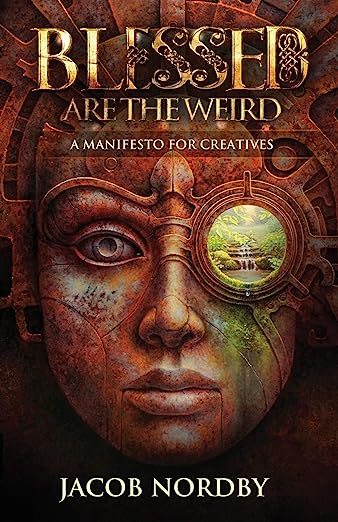
When writers tell me this is why work is not progressing, it reminds me of waiting for the elusive Godot. He never comes. We spend a lot of time wondering why. We never figure it out.
If you wait for inspiration to write; you’re not a writer, you’re a waiter.–Dan Poynter
Inspiration usually comes during work, not before it.—Madeleine L’Engle
I don’t wait for moods. You accomplish nothing if you do that. Your mind must know it has got to get down to work.—Pearl S. Buck
Why is it hard to finish a book?
1. Fear it isn’t any good; it won’t sell; people will criticize it
I went for years not finishing anything. Because, of course, when you finish something, you can be judged. I had pieces that were re-written so many times I suspect it was just a way of avoiding sending them out.—Erica Jong
2. Fear it is good; it will sell; and people will wait breathlessly for the next one
The Mother of all Fears is so close to us that even when we verbalize it, we don’t believe it. The Fear That We Will Succeed. That we can access the powers we secretly know we possess.—Steven Pressfield, The War of Art
3. Fear you don’t have the experience/credentials/wisdom needed to finish
Remember, our enemy is not lack of preparation; it’s not the difficulty of the project or the state of the marketplace or the emptiness of our bank account. The enemy is resistance. —Steven Pressfield, Do the Work.
4. You have to do more research and you haven’t found the time for that
Time is the coin of your life. It is the only coin you have and only you can determine how it will be spent. Be careful lest you let other people spend it for you.— Carl Sandburg
What happens When We Finish?
- A great sense of satisfaction warms our hearts from accomplishing a personal goal we set for ourselves. This is what we’re supposed to be doing. Changing. Growing. Risking. Learning.
- We develop our craft. Maybe this story or book is not marketable, but the next one will be better. No learning is in vain.
- We get to say it! We finished! We wrote the story, the novel, the memoir. That one thing alone tells the universe we are serious about expressing ourselves, and you know what happens when the universe takes notice.
Until one is committed, there is hesitancy, the chance to draw back, always ineffectiveness. Concerning all acts of initiative and creation, there is one elementary truth, the ignorance of which kills countless ideas and splendid plans: that the moment one commits oneself, then providence moves too. — Goethe
To Invite the Muse
Make space
Make time
Commit to your project
Work on a regular schedule
Learn what you don’t know
Keep going
Sometimes inspiration comes with a prayer, because you lit a candle, because you begged most earnestly. And sometimes,
You can’t wait for inspiration. You have to go after it with a club. –Jack London











 Writing about the upcoming arts and crafts festival at UNM Continuing Education got me thinking. As much as a sense of unease rises in my chest at the sight of artificial Christmas trees for sale in October, I tell myself to stop being a curmudgeon. It’s the holidays! Get in the spirit!
Writing about the upcoming arts and crafts festival at UNM Continuing Education got me thinking. As much as a sense of unease rises in my chest at the sight of artificial Christmas trees for sale in October, I tell myself to stop being a curmudgeon. It’s the holidays! Get in the spirit!
 A good question, posed in a graduate social psychology class, and an eye-opener for me.
A good question, posed in a graduate social psychology class, and an eye-opener for me.

